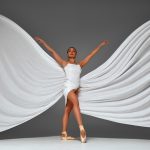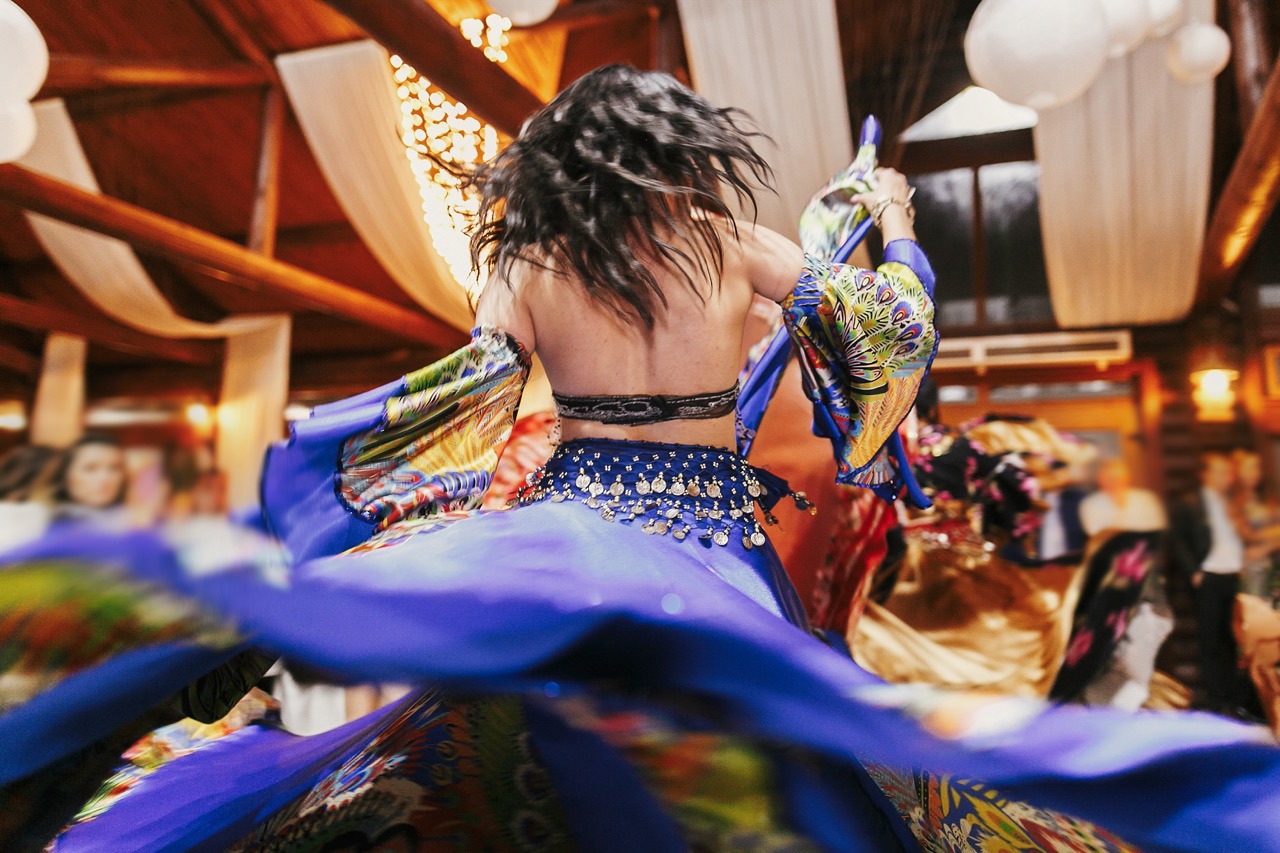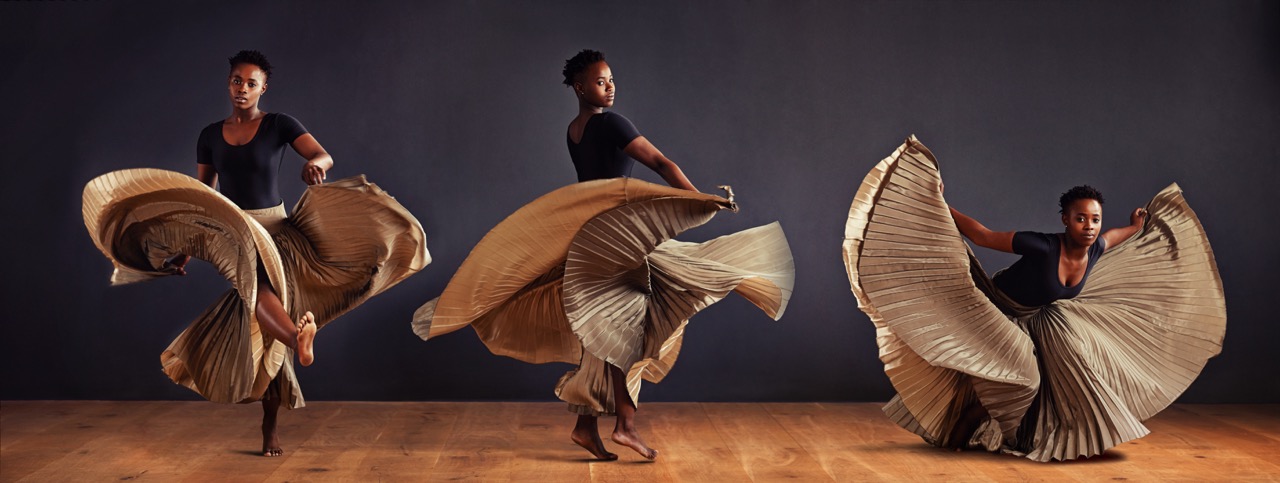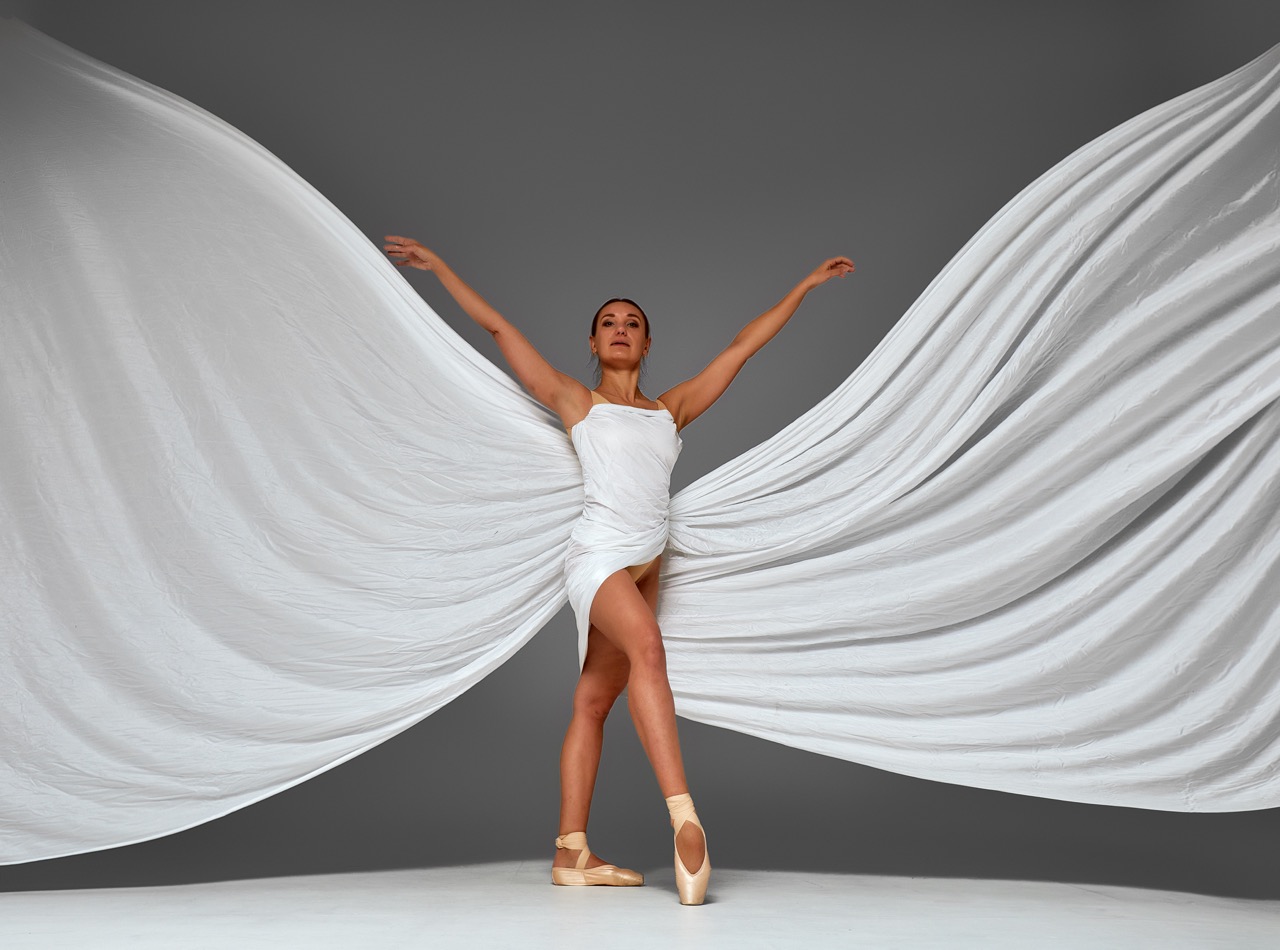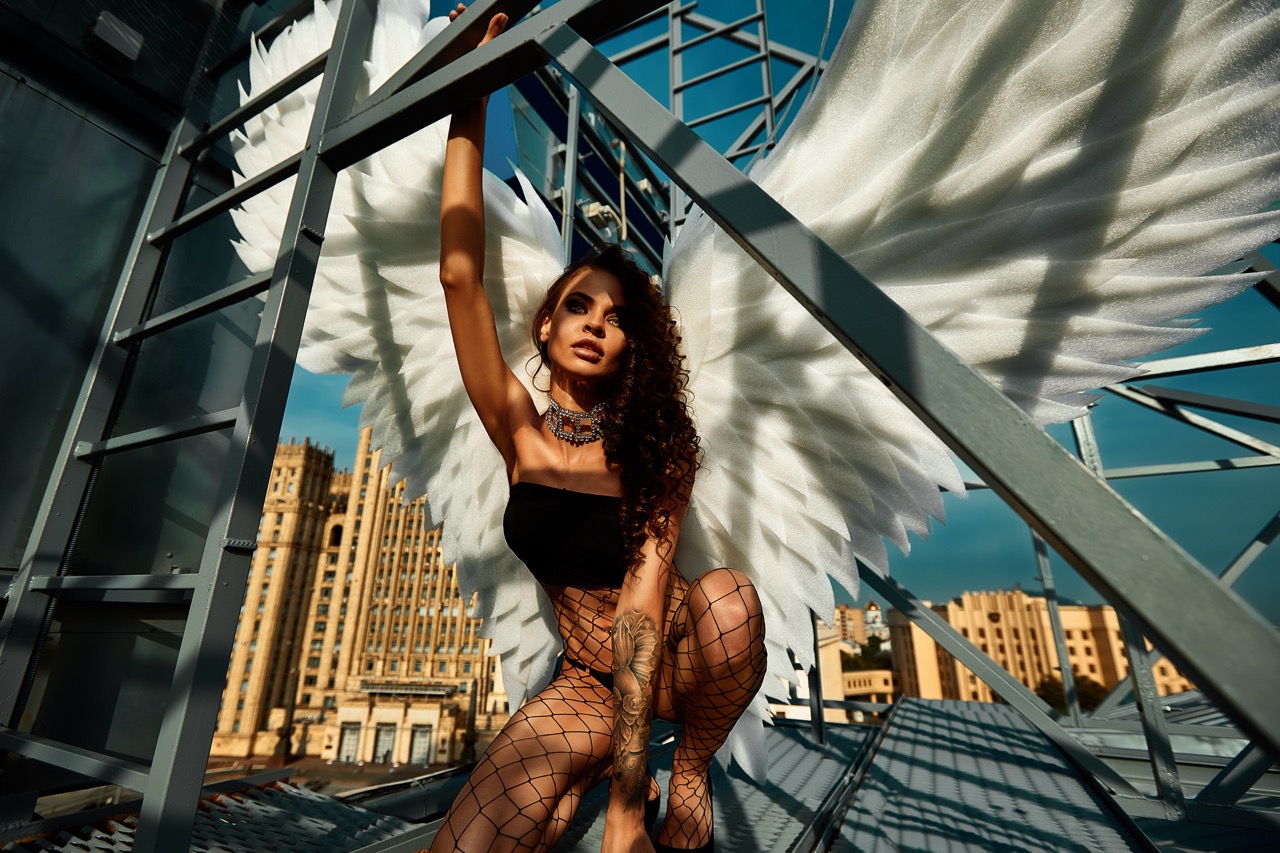In the ever-evolving realm of performing arts, the fusion of light and sound technologies has emerged as a transformative force in dance performances. This integration not only enhances the visual and auditory experience for the audience but also redefines the creative possibilities for choreographers and dancers. As artists experiment with these cutting-edge tools, the stage becomes a vibrant canvas where movement, light, and sound blend into a harmonious tapestry. This article explores the intricate relationship between light, sound, and dance, highlighting how technology is shaping the future of this art form.
Illuminating Movement: A Symphony of Light and Sound
The interplay of light and sound is crucial in elevating the emotional impact of dance. Lighting designers now collaborate closely with choreographers to create immersive environments that amplify the themes and narratives of the performances. The strategic use of spotlights, colors, and patterns can transform a simple movement into a mesmerizing spectacle, allowing the audience to experience the dancer’s journey on a deeper level. For instance, a soft blue light might evoke feelings of calmness, while vibrant reds can intensify moments of passion or conflict.
Moreover, sound technology has revolutionized how music and ambient noises complement the physical expression of dance. The use of surround sound systems can envelop the audience, allowing them to feel the rhythm and dynamics of the performance, not just hear them. By synchronizing audio cues with specific movements, choreographers can craft a multi-sensory narrative that engages audiences in a visceral manner. This synergy creates a layered experience where each element—movement, light, and sound—enhances the others, resulting in a rich tapestry of artistic expression.
As artists continue to push the boundaries of traditional dance, the integration of light and sound becomes an essential component of their creative toolkit. The evolution of technology allows for greater experimentation, where projections and interactive elements can be incorporated into performances. This not only fosters a deeper connection with the audience but also encourages dancers to explore new dimensions of their artistry, challenging the ways in which movement can be perceived and experienced.
Harmonizing Senses: The Role of Technology in Dance
Technology plays a pivotal role in harmonizing the senses during dance performances. With advancements in lighting fixtures such as LED technology and intelligent lighting systems, creators can manipulate light in real-time, adapting it seamlessly to the unfolding choreography. This dynamic interaction allows for spontaneous changes during a live performance, enhancing the unpredictability and excitement for both performers and spectators. The result is a sense of immediacy that captivates audiences, making each performance a unique experience.
In addition to lighting, sound design has become increasingly sophisticated, giving rise to the use of electronic music and soundscapes that align perfectly with the movements of the dancers. The integration of live musicians or DJs can add an organic layer to performances, creating a dialogue between the dancers and the sound. This collaborative approach not only elevates the artistic expression but also keeps performances fresh and engaging, as the rhythm and ambiance evolve in response to the dancers’ movements.
The convergence of technology and dance also raises new questions about the role of the performer. As dancers navigate through a landscape of shifting lights and sound, their relationship with the environment alters. Dance becomes an interactive experience where the performers are not just executing predetermined steps but are also co-creators in the moment. This shift invites audiences to witness a conversation between the dancers, technology, and the space itself, further enriching the performance’s narrative depth.
Choreography Meets Innovation: A New Era of Performance
As the boundaries of choreography expand, innovation becomes a vital force in the dance world. Contemporary choreographers are increasingly embracing technology as a means to express complex ideas and emotions, pushing the limits of what can be achieved on stage. This new era of performance allows for the exploration of digital mediums, such as virtual reality (VR) and augmented reality (AR), where dancers can interact with digital avatars or manipulate virtual elements within their routines.
The integration of motion capture technology is another groundbreaking innovation that is reshaping dance. By capturing a dancer’s movements and translating them into digital animations, choreographers can visualize their work from entirely new perspectives. This technology not only provides a platform for creating stunning visualizations but also serves as a valuable tool for dancers to refine their technique and enhance their performance quality. The ability to analyze and manipulate movement data creates opportunities for deeper exploration and understanding of the dancer’s physicality.
Moreover, the collaborative nature of integrating technology into choreography has fostered new partnerships between artists and technologists. As dance companies seek to create groundbreaking performances, they turn to experts in fields such as computer science and multimedia art to develop innovative solutions that enhance their vision. This collaborative spirit ensures that the dance community remains at the forefront of artistic evolution, continually challenging the norms and inspiring future generations of performers.
The Future of Dance: Merging Art with Cutting-Edge Tech
Looking ahead, the future of dance lies in the seamless merging of art and cutting-edge technology. As emerging technologies like artificial intelligence and machine learning develop, they present exciting possibilities for the dance world. For instance, AI-driven algorithms can analyze patterns in choreography and suggest new movement sequences, opening doors to untapped creative potential. This symbiosis of human intuition and machine learning invites artists to explore uncharted territories in their work.
Furthermore, the global pandemic has accelerated the integration of technology in dance, with many performances transitioning to virtual platforms. This shift has not only expanded audiences beyond physical venues but has also encouraged artists to explore new formats for storytelling. Live-streamed performances and immersive digital experiences are becoming more commonplace, providing opportunities for audiences to engage with dance in innovative ways. As technology continues to evolve, the potential for interactive and immersive performances will undoubtedly reshape the future landscape of dance.
Ultimately, the integration of light and sound technology in dance performances heralds a thrilling era characterized by innovation and creativity. As artists embrace these advancements, they craft experiences that resonate on multiple levels, inviting audiences to engage with dance as never before. The stage is set for a future where the boundaries of movement, light, and sound blur, creating a dynamic art form that captivates and inspires.
In conclusion, the integration of light and sound technology in dance performances transcends traditional boundaries, offering a new dimension to artistic expression. As choreographers and performers harness these tools, they create immersive experiences that resonate deeply with audiences. The ongoing dialogue between innovation and artistry promises a future rich with possibilities, where dance continues to evolve and inspire through the harmonious fusion of movement, light, and sound. As we look ahead, it is clear that the stage will remain a vibrant space for exploration, where technology and creativity converge to shape the next generation of dance.


